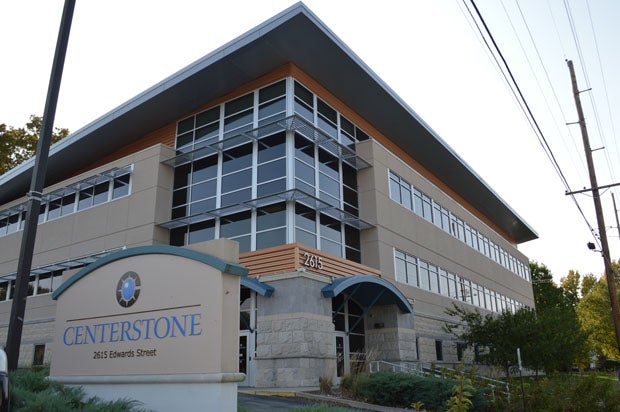Home / Health & Wellness Articles / News /
Overdose Awareness: Risks, Prevention, and Life-Saving Steps
Overdoses can happen to anyone, and understanding the risks is an important step in saving lives. Whether it’s opioids, alcohol, or other substances, knowing what an overdose is, and how to respond, can make all the difference. The following information explains what overdoses are, why they sometimes happen by accident, and what you can do to stay safer and help others.
What is an overdose?
An overdose happens when the body becomes overwhelmed by the amount of a substance used. While overdoses can look different depending on the substance, the effect is the same: your body can no longer cope with what it’s been given. It’s important to note that opioid overdoses are most likely to result in death.
What is an accidental overdose and how do they happen?
An accidental overdose happens when someone unintentionally takes more of a substance, or combination of substances, than their body can safely handle. This can happen more easily than many people realize.
Typically, people are at the highest risk for accidental overdose after they take a break from use, when the body’s tolerance level has decreased. If they attempt to use the same amount as before their break, their body may no longer be able to handle it which, increases the likelihood of overdose. This is especially common for people returning home from incarceration and many reentry programs work to make sure these individuals have access to life-saving resources like Naloxone.
How are overdoses treated?
Naloxone (also called Narcan) is a medication that can reverse opioid overdoses and save lives. Additionally, even if Naloxone is administered, and appears to have helped, emergency medical services (EMS) should still be alerted right away. Depending on how much of the substance was used, the overdose effects can actually return after the medication wears off.
What are the symptoms of an opioid overdose?
Knowing the signs of an overdose could save a life. If you notice any of these symptoms, call 911 immediately. The most common symptoms include:
- Face is pale and/or clammy to the touch
- Body is limp
- Fingertips are blue or purple
- Vomiting or making gurgling noises
- Person cannot be awakened or cannot speak
- Breathing is very slow or stopped
- Heartbeat is very low or stopped
Click here to learn more about the signs and symptoms of other types of overdoses.
How can people reduce their chances of an accidental overdose?
If an individual chooses to use drugs or alcohol, there are ways to reduce the risk of overdose.
- Carry Naloxone with you whenever possible
- Utilize Fentanyl and Xylazine test strips
- Obtain clean needles from a needle exchange/Syringe Service Program (SSP) location
- Avoid sharing or reusing needles
- Do not mix drugs, prescriptions, and/or alcohol
Learn more about harm reduction techniques and helpful resources here.
If you or someone you know is looking to take the first step toward recovery, Centerstone is here for you every step of the way. Learn more about our addiction recovery services and start your journey today.


